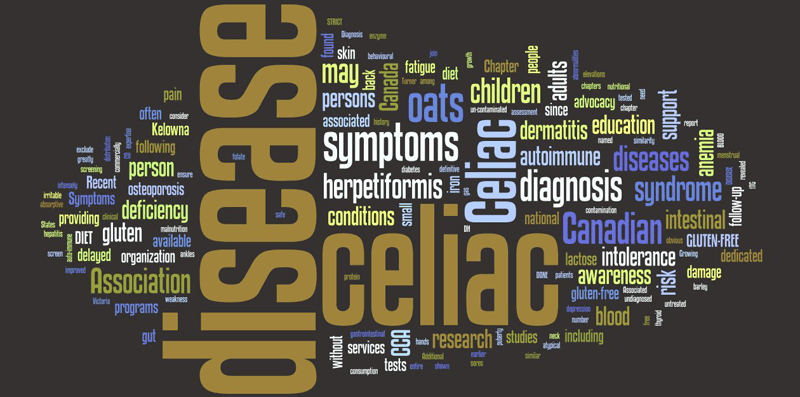This is part of a series. Check out the following if you would like to see more:
Lessons for Human Resources Professionals: The Care and Feeding of Employees – Part One »
Lessons for Human Resources Professionals: Health and Wellness Programs – Part Two »
Lessons for Human Resources Professionals: Supporting Employees Dietary Needs – Part Three »
Lessons for Human Resources Professionals: Legal Implications – Part Four »
Lessons for Human Resources Professionals: How to Spot “Covering” in the Workplace – Part Five »
In this final post in my series for HR departments, I’ve laid out some guidelines for creating a workplace with safe food and beverage that welcomes and nurtures all employees.
First, here are some ways of incorporating the dietary needs of employees into the corporate food environment.
[list icon=”icon: check-square-o” icon_color=”#d81c5c”]- Label menu items with allergens in the cafeteria. Include nutrition information as well as any of the top eight allergens (wheat, soy, egg, milk, tree nuts, peanuts, fish, shellfish) and other ingredients that are avoided by employees (e.g., pork). They should also be labeled if they are vegan, vegetarian, gluten-free, kosher or halal. Training can be provided to all employees on food allergies, celiac disease and other dietary needs and what they can and should do in case of an emergency.
- Ensure food safety procedures are adhered to in the cafeteria. Work with your food service providers to ensure state and federal guidelines are followed when storing, preparing and serving food to employees. There are also guidelines on cleaning food preparation and serving areas.
- Offer healthier and/or more accommodating options in vending machines. Inquire about adding prepackaged kosher, vegan and vegetarian options in vending machines. Also offer a mix of traditional treats and healthier choices. Price the healthier options lower than the traditional options to encourage healthy choices.
- Institute food-safety guidelines for employee kitchens. Employee kitchens are full of landmines for food-allergic employees to navigate around. From toaster ovens to the refrigerator, counter tops to microwaves, traces of other people’s meals linger in shared equipment. Ensure employees wrap anything they have to microwave in a paper towel not only to keep their food from contaminating the microwave but also to avoid contaminants in the microwave from dripping into their food. Provide separate prep areas and/or equipment for only food-allergic employees to use, e.g. gluten-free toasters. Designate areas in shared refrigerators for these employees to place their food.
Equally important are the company’s practices that should support employee well-being and belonging.
[list icon=”icon: check-square-o” icon_color=”#d81c5c”]- Train employees about dietary needs. Incorporate lunch-and-learns into your wellness program about different dietary needs: veganism, celiac disease, kosher diets, and food allergies. Allow your employees to host these seminars and give others insight into their food world. When people learn from each other, it opens up dialogue and brings about understanding about another’s way of life.
- Meetings & Events. Do staff meetings offer safe food and beverage that everyone can enjoy? Are employees given the opportunity to provide their dietary needs when registering for the holiday party or incentive trip? Are employee potlucks inclusive and labeled with ingredients? Practices that are consistent with a company’s well-being initiatives can go a long way towards establishing a healthy, safe and inclusive culture.
- Recruiting. While you legally cannot ask someone if they have food allergies or follow a religious based diet during the recruitment process, you can give them information on your corporate culture around safe food and beverage. Share how you provide inclusive menus for all employees. How the cafeteria is labeled with nutrition information and allergens and the food safety policies you have in employee kitchens. Even those without special dietary needs will likely appreciate such inclusiveness and consideration.
One final note: workplace accommodations for people with visible or invisible disabilities (dietary needs) are actually about managing effectively rather than making exceptions: about having clear expectations, open communications and inclusive practices.
In the end, when employers create an environment that emphasizes employee well-being, authenticity and inclusiveness, employees feel supported. Safe food and beverage practices are key. And, healthier, happier employees increases engagement with company goals, ties employee well-being to their professional success and provides a competitive advantage to employers.



